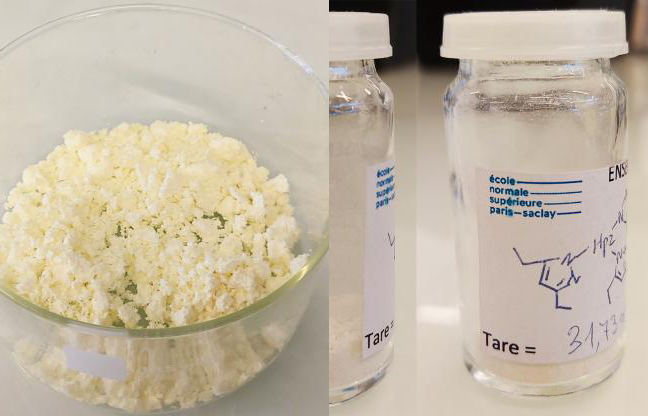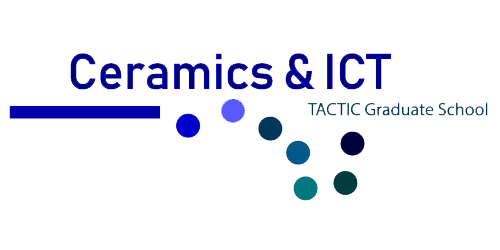- FR
- EN
You are here
The multiple possibilities of heptazines
Submitted on Tuesday 30 March 15:05

Chemistry is always full of original research topics. Still extremely underdeveloped until the early 2000s, molecular heptazines (or tri-s-triazines) are now an emerging and rapidly expanding field. Consisting of a common base of three triazine aromatic rings fused together and forming a sort of triangle, these molecules differ in terms of the groups present on the “vertices” of the triangle. In recent years, this field of research has experienced a real upturn thanks to innovative work. First and foremost, there is the work of Pierre Audebert, a professor at ENS Paris-Saclay and a researcher at the Photophysique et photochimie supramoléculaires et macromoléculaires laboratory (Supramolecular and macromolecular photophysics and photochemistry) (PPSM - Université Paris-Saclay, ENS Paris-Saclay, CNRS) and the XLIM laboratory (CNRS, Université de Limoges).
A research topic like no other, and a prestigious publication
While his previous research focused on tetrazines studied under fluorescence and the interaction between electrochemistry and fluorescence, this specialist in heterocyclic molecules has recently become interested in their close relatives, the heptazines, and their rare properties. “As an electrochemist, I like heterocyclic chemistry. Tetrazines have been one of the main subjects of the PPSM laboratory and of my research for more than fifteen years. Heptazines, which I’ve recently become interested in with the help of my collaborators Clémence Allain (PPSM) and Bernard Ratier (XLIM), are some other exciting heterocycles which are highly charged in nitrogen,” explains Pierre Audebert, who has just written an article on the subject which has been published in the Chemical Reviews journal.










 UMR CNRS n°7252
UMR CNRS n°7252